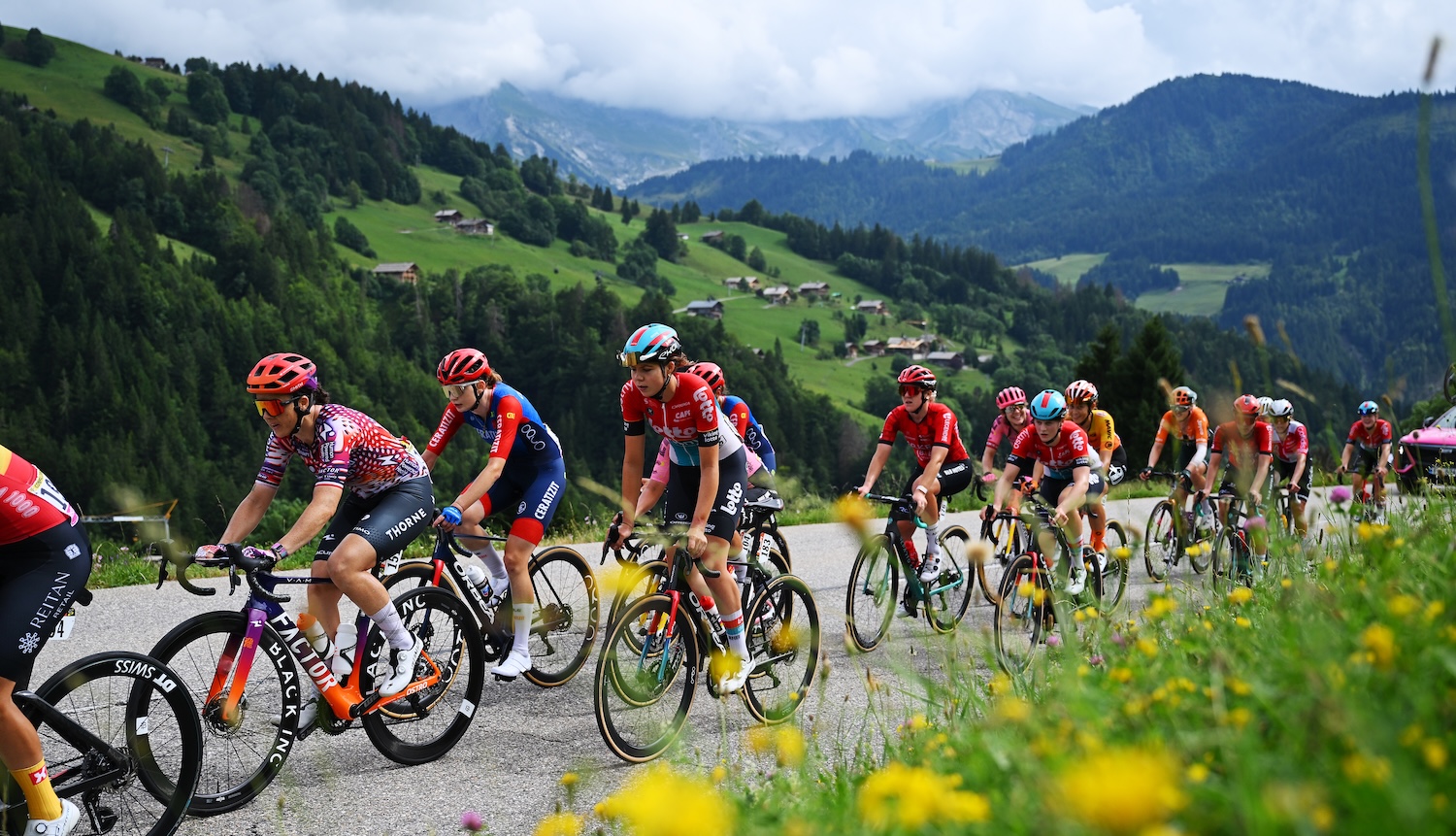For some people, learning how to bake sourdough bread has been the highlight of enduring the pandemic. For Christopher Begley, the shelter-in-place orders to slow the spread of COVID-19 opened up the opportunity for him to fine tune his DIY home experiment: a curling simulator.
Curling has captivated Americans in recent years, but outside the Winter Olympics, the concept of the game still remains an unknown to some. Casual fans may only know that it’s the game with the yelling, the sweeping and the occasional falling. But the game is easy to follow and the rules can be explained in two minutes. Begley’s first exposure to the game came from a night out with his friends around five years ago.
“A friend of mine asked me to go curling with a group and that was the first time that I’ve gone curling,” says Begley, 55. “It was kind of fun even though I was mostly inept at it. I wanted to go back but we didn’t have a curling club in our area. There wasn’t any dedicated ice near us. It was hard to find a place to play.”
Begley says he “caught the bug” with curling that night and the group eventually formed a club in Berkshire County, Massachusetts, where Begley lives. But the club had a space problem, Begley explains. “We didn’t have any home ice. We were just a club on paper. We were scratching and clawing for any ice time we could get from neighboring clubs,” he told me. “Right now we are an arena club, and we eventually worked a deal with the Boys & Girls Club in Pittsfield, Massachusetts to get more regular ice time.”
This led to Begley having the idea of building the simulator. “I thought to see if I could do it and see if it would work. And secondly, I thought that if it did work, it would be a nice place to practice balance and timing and that kind of thing since we couldn’t really get on the ice as often as we wanted to. That was kind of how the idea started.”
Wanting to find out more, I chatted with Begley about his simulator, what parts were needed to assemble it and the challenges he faced while building the game in a pandemic.
SAMUEL LAM: When did you first put together this idea of creating the curling simulator?
CHRISTOPHER BEGLEY: I started putting things together in my basement probably five years ago. But it kind of evolved over time. The first version was a little rough around the edges and I just did it more or less to see if it could be done with simple parts and whatnot.
Were there others that helped you create the simulator?
It was mostly me doing the coding and [I] had a little help moving the stuff around and a little help with the videoing when it to got that point. But it’s mostly been me.
Did the timing of the pandemic help you out when it came to working on the simulator?
[Laughing] Yeah. That was kind of a little bit of motivation for me to get the second version done and out the door. I found myself having a lot more time to look at the walls kind of and figure something I can do to entertain myself. It was good timing in that respect.
Did you already have an idea of the equipment and materials you needed to complete the project?
It was definitely an evolution; kinda found out what we needed as we went along. The first version I used—I don’t know if you are a gamer but way back when Microsoft had a thing called the Kinect—the first version of the simulator used the Kinect instead of an overhead camera. I had one and wanted to play around with it to see if it would work. It did work but it was a little overkill for the application. You definitely learn as you go with what things work and what things need to be improved. And we went about tweaking various parts to get it to the point where it works.
Are the dimensions of the surface similar to what you would have of the ice?
The version that I have now is the full-length slide, from the hack to where you have to push off and release the stone, the hog line. That is about the size of the simulator. The more room the better because if you actually want to push off pretty hard, typically you would slide over the hog line and continue on. You’re gonna hit a [projection screen] wall there.
What do you do for a living?
I work at an engineering consulting company. It was work from home even before the pandemic. It wasn’t that much of an adjustment.
What was the biggest challenge in building the simulator?
The coding to make everything work together. It’s not super high-tech, but it has a lot of moving parts. To get everything over time working together, that was the hardest part. My background is in engineering, so over the years I have coded to solve problems, but I am not by any stretch a software developer.
Shelter-in-place project from the basement of the R&D lab: expanding the curling simulator for full-length slide-out. pic.twitter.com/9T1pU9Vvl6
— Curl Berkshires (@CurlBerkshires) March 23, 2020
How did the pandemic affect your production in working on the simulator?
It gave me more motivation to work on it and finish it because there was nothing else to do basically. We weren’t socializing, weren’t going out to dinner, didn’t have any real curling, we didn’t have any other real activities except being outside as individuals. The combination of having more time and less to do made the simulator more attractive.
How much did it cost you to buy the materials and build the simulator?
I had a lot of the parts laying around already for other stuff. The biggest cost of the way it’s set up for me is the overhead projector. If you want a good overheard projector that really works during the day, you’re going to pay a lot of money for it. But I didn’t go buy that just for the simulator. Beyond that it was mostly 2x4s and plywood to make the system. The plastic material that goes on the ice was something that took a few iterations to figure out what kind of surface that would allow the best slide. We tried a couple different types of plastic before settling on what we have now. That can get expensive depending on what you want to use. It could be $50 for a 4’x8’ sheet. It adds up if you want to expand the simulator.
What was the reasoning behind creating a curling stone instead of just using a regulation one?
The actual stones are really expensive and hard to come by. I don’t think you will be able to buy it as a one-off thing. The cement and tire were super cheap. We weren’t looking to be exact, we were looking to be close and it turned out pretty well.
So does the weight and size of your stone match up to the dimensions of a regulation granite stone?
That just happened to work out serendipitously, I guess. I started by finding a tire that was in a hardware store that looked like it was about the size of a curling stone and when I filled it up with cement, it just happened to weigh about 40 pounds which was nice.*
[*Note: Curling stones are 36” in circumference, 4.5” in height and typically weight between 38-44 pounds. A single stone can cost up to $450.]
How is the experience of using the simulator? Is it comparable to the on-ice experience?
It’s not the same experience, that’s certainly true. I tried to get it to the point where it’s close enough to get the feel for it and enjoy it. Balance and timing play a huge role so I think those things you can work on. But if you’re talking about how the pebbles [of the ice] feel under your foot when you’re sliding, that’s hard to replicate. And the hack’s not identical, it’s not a real hack. It’s two pieces of wood. It’s never going to be the same, it’s not like real curling. But it’s close enough to enjoy, I think.
The simulator looks like it can only be played by one person at a time. Is there a space to sweep with a broom?
The first version actually had a broom that I made that we hook into the software and it would sense the force and acceleration of the broom so then it would simulate sweeping. But I didn’t connect that up with this [latest] version. And to answer your question, only one person can deliver the stone at a time. With the first version, we had a party one night with some people from the club, and it more or less turns into a drinking game. You just sit around and have a beer while somebody’s doing it. And you can have two teams, two players or as many people as you want. But it’s slow like curling. It’s a lot like curling in that respect. Deliver a stone, have a beer and laugh about it. It was fun. As a social thing it was fun. I was disappointed that when I finished the second version that it was during the pandemic. So we haven’t had any social outings with it. On the other hand too, when you want a social outing with curling, you go curling [laughs]. You’re not really going down to your basement unless that’s your only option.
Are you planning to re-incorporate the broom in future versions of the simulator?
Yeah definitely. I have all the stuff, I just didn’t hook it in.
In one of your videos, you show off a desktop simulator. Can you go into detail about that?
That was an afterthought. When I made version 2 of the software I wanted to make it general, just so that anyone who wanted to make it in their basement could take a few measurements and build the thing if they were motivated enough. And I realized that since size doesn’t really matter in the code, you can make one any size. You can make it into a bar game, you can make a tabletop game, you can make the full-size thing if you want to.
What was your purpose for putting the tutorial on YouTube?
I just wanted to get it out the door more, I wanted to be done with it. I was working on it off and on for five years. And I got it to the point where I probably couldn’t take it much further. I didn’t want to just throw it in the drawer and forget about it forever. So I threw it out [online] there just to see if anybody would try one themselves or was interested in it in some other way.
What are your hopes for someone who wants to build their own simulator with your tutorial?
I would love to see somebody else try it and compare notes with them! I would love for it to be interesting enough for somebody else to give it a go. I tried to make the videos as straightforward as I can so that if somebody has the space and certain amount of money to do it. I would love to see if someone gave it a go and talk to them about it.







